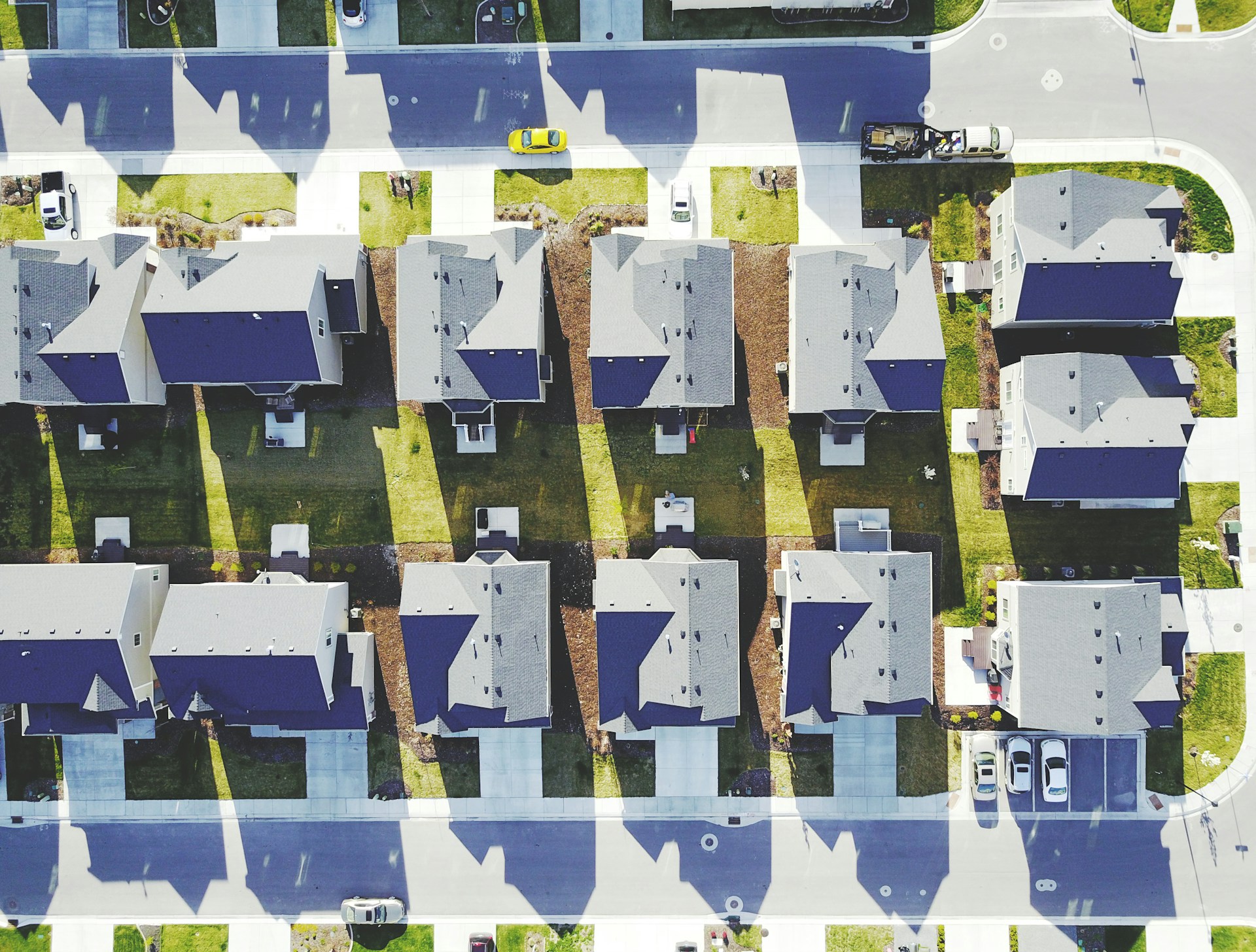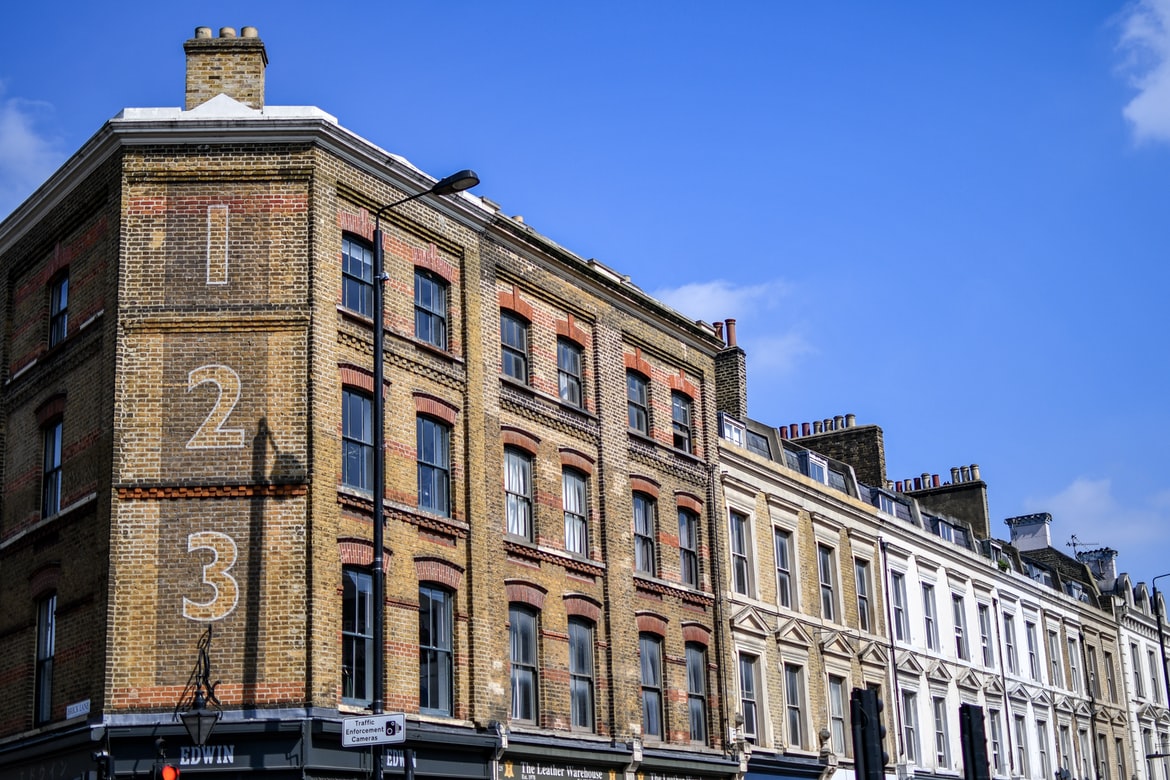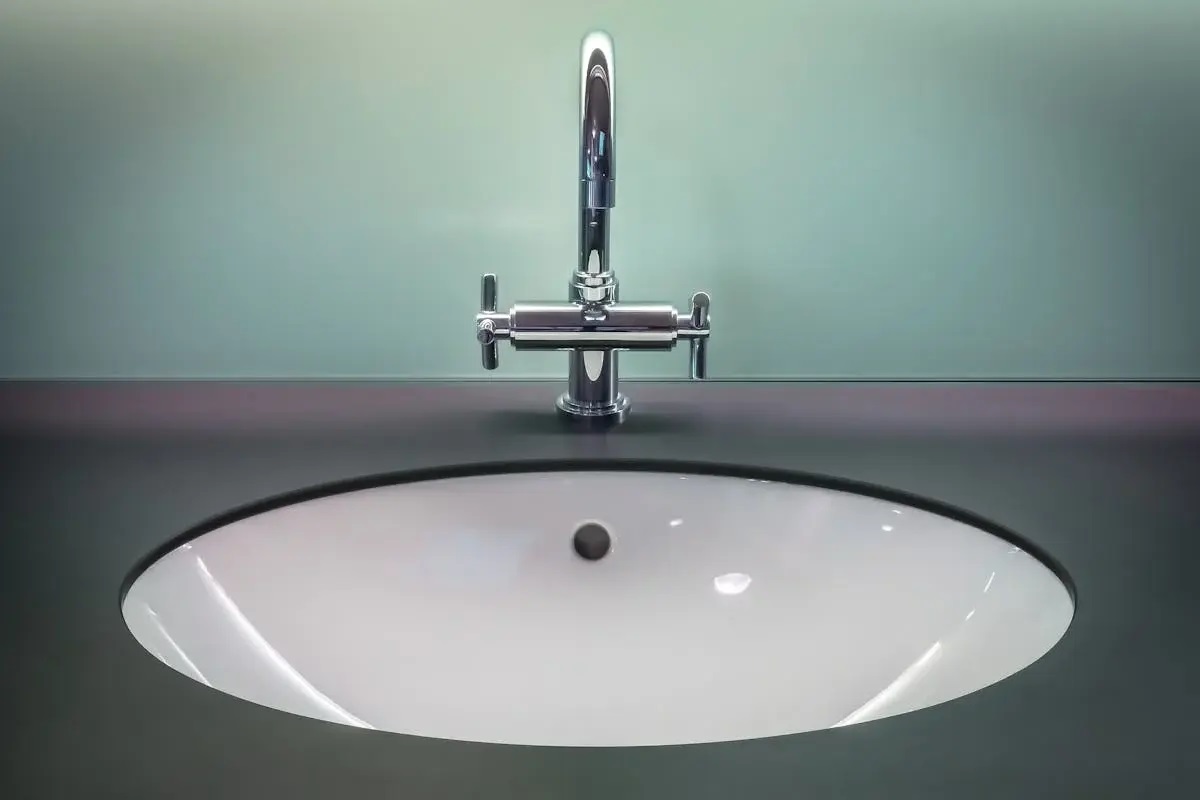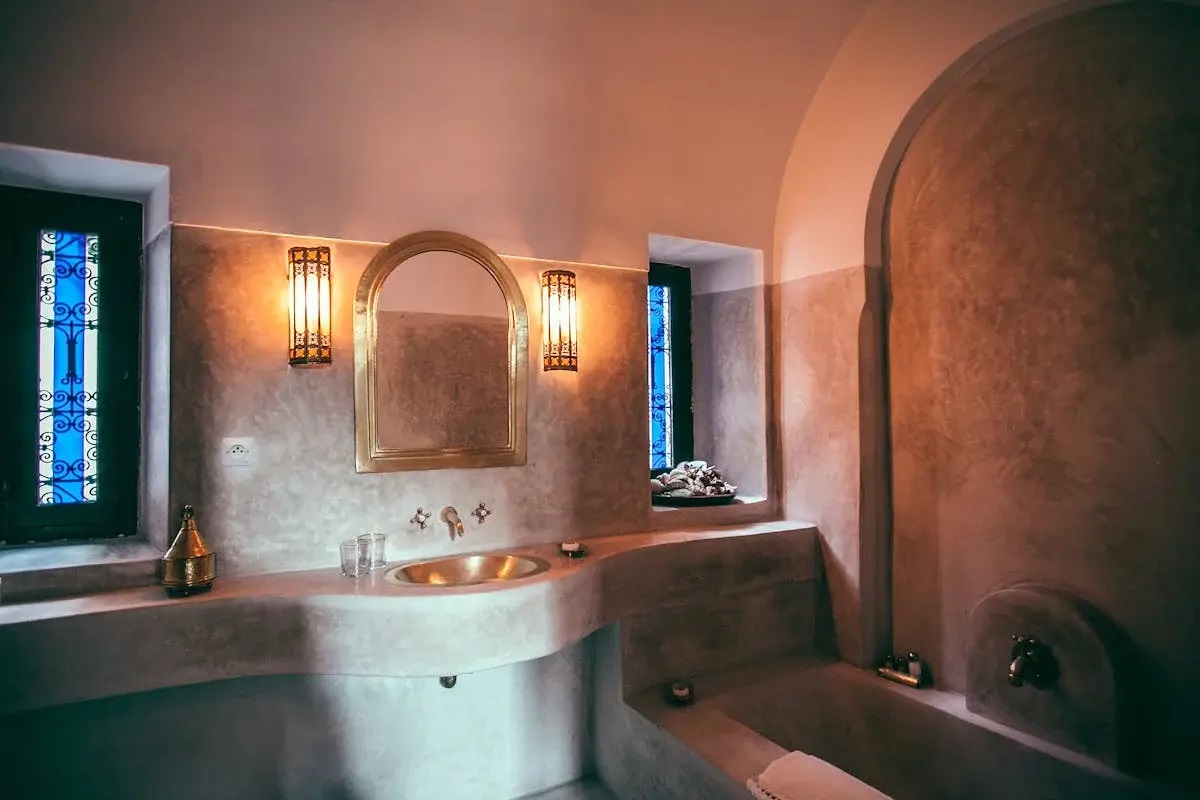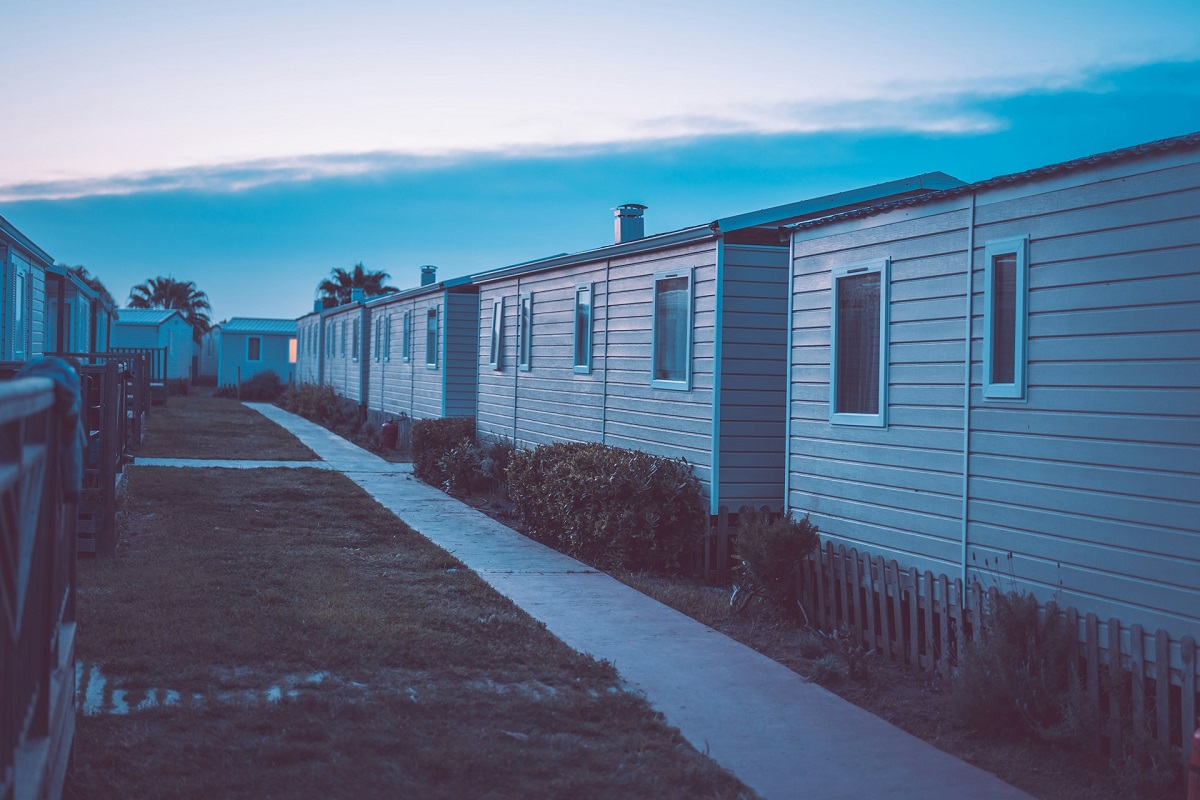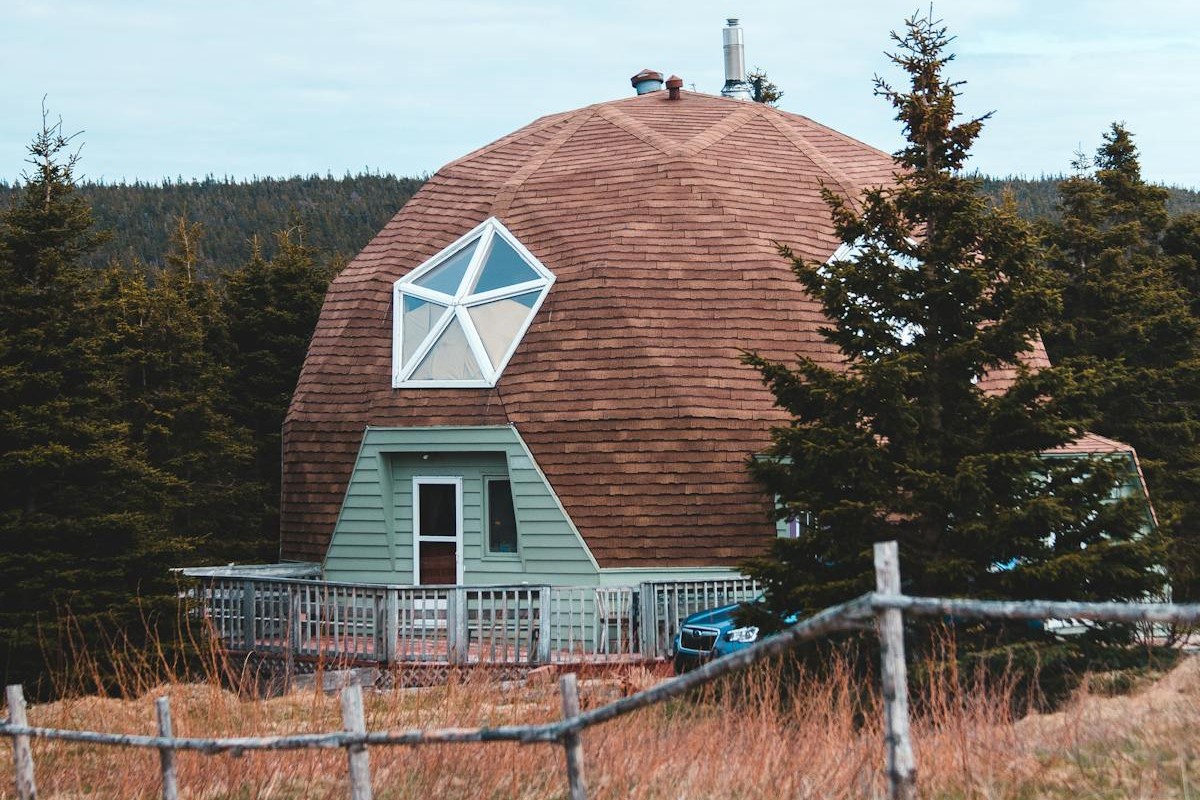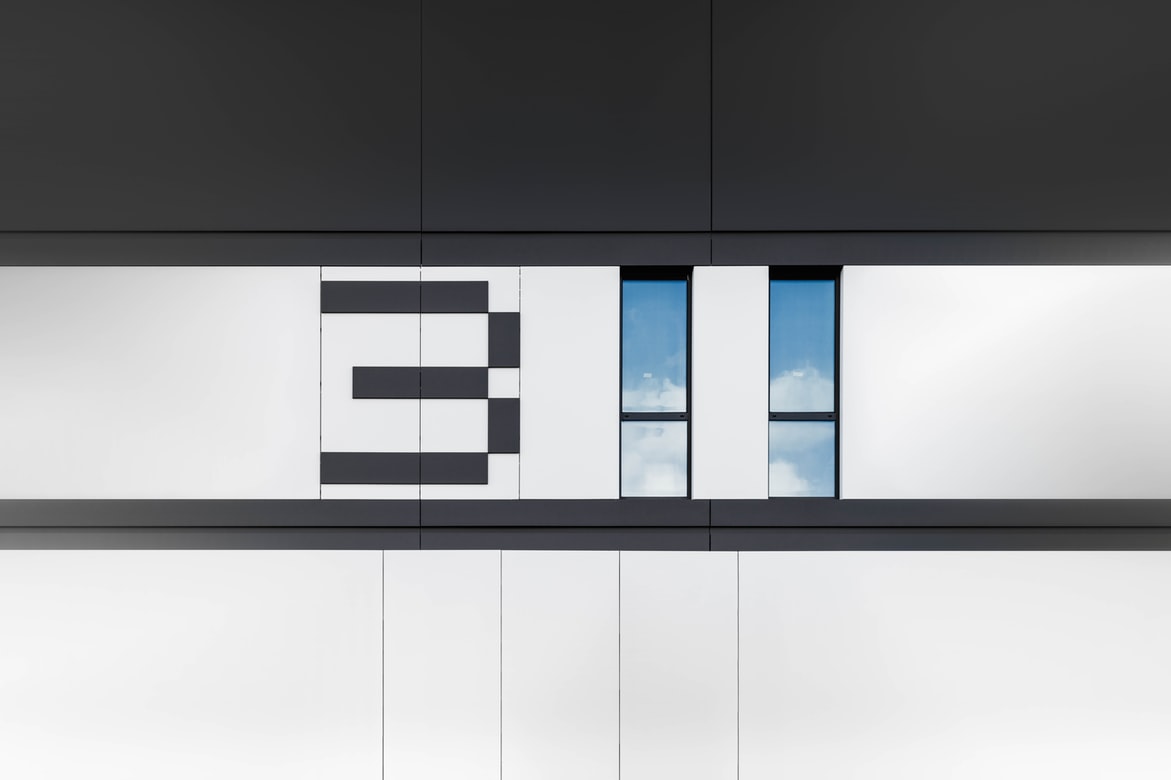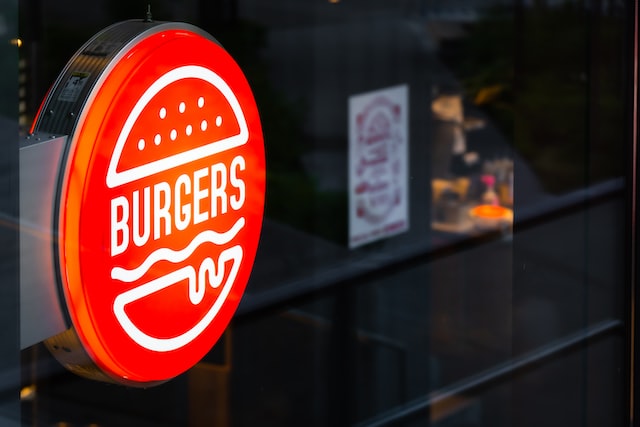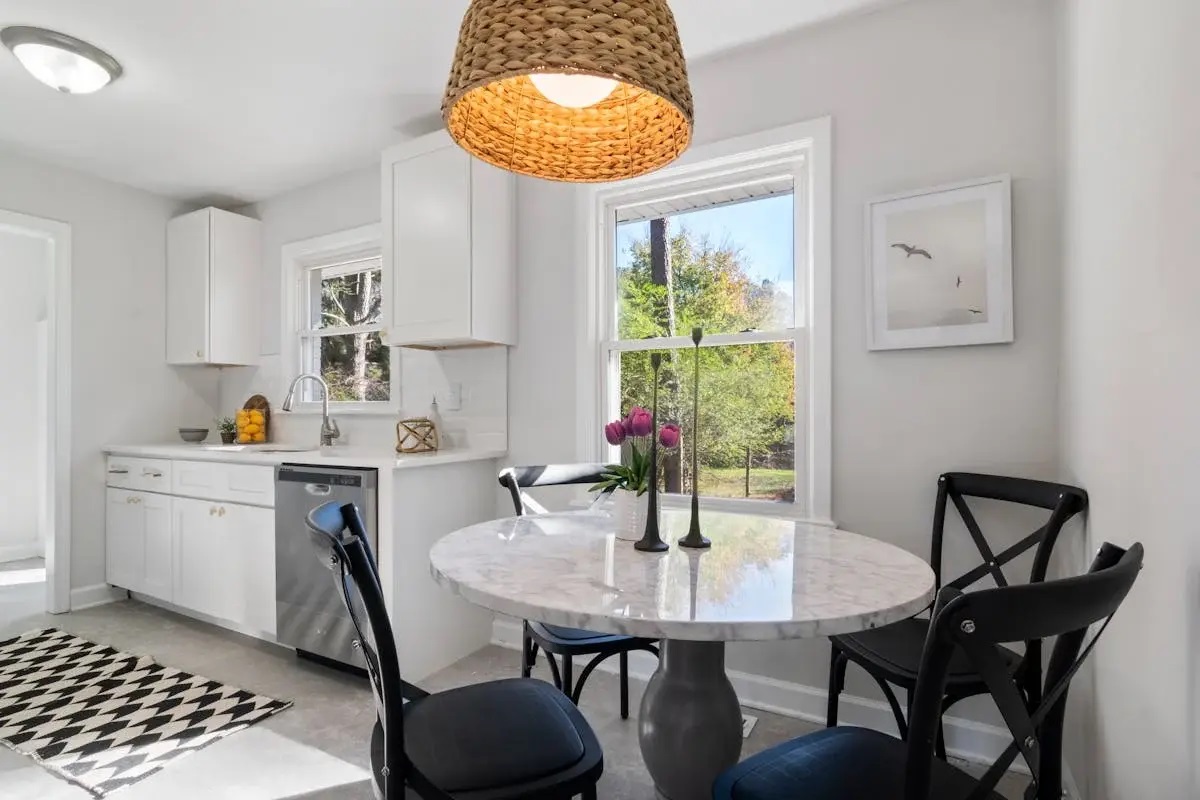Handling design center overwhelm like a pro
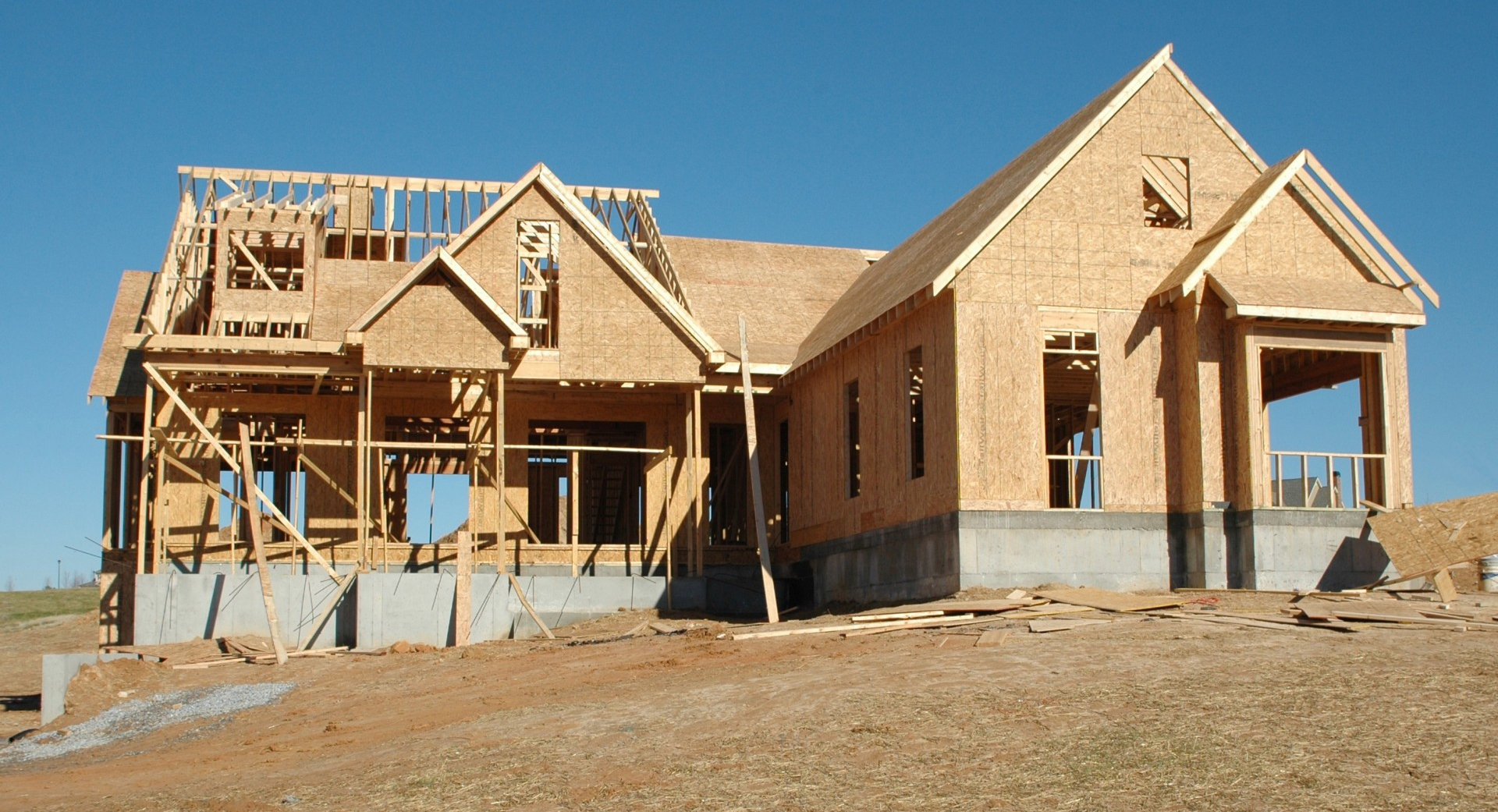
Published Date 7/17/2018
If you’ve ever visited a homebuilder’s model home park, you’d remember the experience. Usually, anywhere from three to five prototypes of homes the builder offers are there to entice you not only to buy a home that suits your budget and your family’s needs but also to mesmerize you with the “possibilities” that exist to customize one of their homes to your tastes.
One of the first things home shoppers notice as they saunter through model homes are tiny little disclaimer signs everywhere, all meant to offer disclosure over what you can and can’t get through the builder’s design center — the place that represents a veritable theme park of decorating and upgrade choices that can be added to the base price of the house once you decide to buy.
In case you wonder what these little signs represent, we offer a short tutorial:
“Designer” means it was the mini-brainchild of the model home decorator who probably scoured catalogs of designer case goods to add just the right flourish to the home’s theme or decor. These little tags are usually attached to items you’d have to find on your own at Home Goods, Pier One, CostPlus World Market or through your staging or designer friends.
“Optional” or “upgrade” are items available through the builder’s design center. Builders try hard to show off nearly everything they sell through their design center by displaying those upgraded items somewhere throughout the complex. One house may have wide-plank hardwood floors where carpeting usually would exist. Another displays a chef’s kitchen array of appliances capable of being featured on a cooking-based reality TV show. And the next will boast rooms full of plantation shutters, surround sound speaker systems, or modern, floating vanities hanging off bathroom walls. All items marked with these buzzwords words can be added to the basic house the builder offers — for a price.
Items marked “included” or “it’s free!” (and nothing really is) means the builder has those items built into the base price of the home — the numbers you see on the price sheet that says “starting at…” before it. Many builders now include state-of-the-art security systems, zoned thermal heating and air conditioning systems for different parts of the house, tons of green building enhancements now required by code or thrown in by the builder, or granite countertops (within a limited selection) as “standard” — which, by the way, is a term salespeople are taught not to use, probably because it sounds like a brand of toilet. Builder salespeople proudly tout what the builder includes in the sales price of the house, but because of the model home sizzle phenomenon, buyers are hard-pressed to understand what the basic house really looks like until they see one either finished and unsold or in production.
Design centers are home to an almost endless supply of paint colors, granite patterns, cabinet styles and more, showing off as many design and décor option s as possible. If you want any or all of the things they offer, it simply gets added to the base price of the home. A caveat, however: always discuss with your lender just how much in upgrades can be included, depending on your loan pre-approval amount.
Here are some tips to make your new home design center experience a tad more informed:
Plan ahead. If you just signed on the dotted line to buy a new home, make sure you set a budget before keeping that design center appointment. Not doing so will almost guarantee you’ll walk out of there having a larger mortgage payment than you intended. If $100 more per month is not significant to you to have those hardwood floors in perpetuity, no big deal. But if it means sacrificing dinners out or vacations on the beach, you may think twice. Determine must-haves and nice-to-haves before your design appointment.
Your lifestyle should impact the design choices you make for your new home. Think about how and where your family spends its time and what features they will actually use in the home. Be honest. It’s all about leveraging your design choices to make your daily life simple and comfortable.
Choose a color palette. Why are model homes so mesmerizing? You may not notice it, but the decorator chose a color theme consisting of anywhere from 3-4 colors that complement one another throughout the house. One room may feature one or two of those colors more prominently, and others will focus on the rest, always accenting with the missing colors using accessories or accent wall colors. You will get overwhelmed at the design center trying to distinguish the differences between shades of beige, gray and off-white paint swatches and may not think about how mixing cool tones and warm ones just don’t work out as planned. Experts agree that if you plan to (or must) sell your home someday, it’s best to keep walls and floor colors fairly neutral, limiting your themed colors to anything not affixed to the home — furniture, accent rugs, accessories, etc.
If you are limited financially (as most of us are) as to how much you can upgrade your new home, take heart. You can add some things later. It’s tempting to pay for all those upgrades over the life of your mortgage loan, but you may choose to add that laundry sink or surround sound system later and just pay the builder for the pre-plumb or pre-wire they offer so your home is ready to receive those trinkets when your budget can afford them. It’s those behind-the-walls additions that are the least expensive but make you happy you added them when the house was being built.
Source: D. Kouremetis, TBWSAll information furnished has been forwarded to you and is provided by thetbwsgroup only for informational purposes. Forecasting shall be considered as events which may be expected but not guaranteed. Neither the forwarding party and/or company nor thetbwsgroup assume any responsibility to any person who relies on information or forecasting contained in this report and disclaims all liability in respect to decisions or actions, or lack thereof based on any or all of the contents of this report.
NMA Home Loans is Licensed by the California Department of Real Estate under License # 01111689 and NMLS # 320740









